Hunting Handgun Bullet Alternative
by Trapr Swonson | Published: Sep 27, 2024
Estimated reading time: 11 minutes
As a handgun hunter, I primarily use jacketed bullets. My most pursued animal is likely the same as yours, what we call medium game. I define this as any animal under 250 pounds: deer, antelope, small feral hogs, etc. Normal jacketed handgun bullets work well for this size of game, and I’ve had little reason to switch—until now.
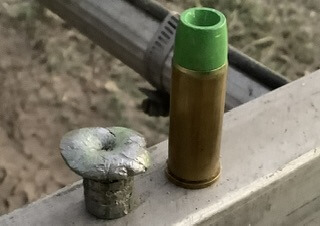
Table of contents
First Cast Experiences
My first experience with hardcast handgun bullets on medium game left me disappointed. I double-lunged a pronghorn with a .512 caliber 465gr. WFN bullet and had to shoot it three more times. Granted, all four shots were delivered within two minutes, but the antelope remained standing. Maybe it would have died from the first shot if I had waited. Still, the fact that it stayed on its feet didn’t sit well, especially with chest, shoulder, and vitals shots. It was then I realized that expansion improves performance on light-boned medium game. Simply poking big holes might work, but expansion kills faster on this type of animal.
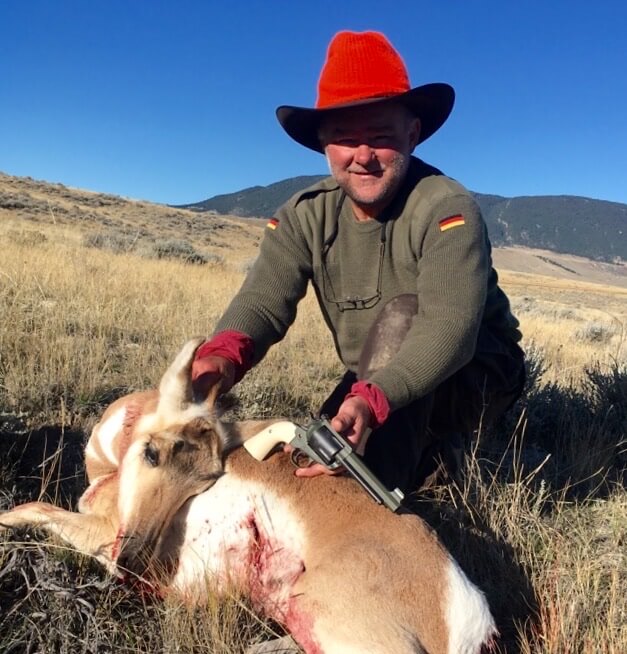
An Alternative Handgun Bullet Option
I don’t cast my own bullets and buy all my cast handgun ammo. Most of my bullets have been solid, what the industry calls hard cast, with a hardness rating of 18 to 22 BHN. Despite recommendations for wide flat-nosed bullets as effective for medium game, even respected figures like Ross Seyfried experimented with expanding cast bullets for these animals. Seyfried advocated for expanding bullets in his article about the .475 Linebaugh in Australia. So, it became clear that a hard cast bullet wasn’t as suitable as a good expanding bullet.

Powder Coating
There’s a time and place for solid hard cast bullets, but better solutions exist for medium game. When hunting big feral hogs, bear, or elk, a solid cast bullet penetrates and breaks big bones well. Any expansion is a bonus. Recently, finding jacketed bullets has become more challenging, so I’ve kept up with new developments in cast bullet technology. Powder coating is one of those advancements. Powder coating allows more velocity with less lead residue compared to conventional wax lubrication.

Hollow Pointing
Another development—though not exactly new—is the use of pins in cast handgun bullet molds to produce expanding cast bullets. In the past, casters would drop a pure lead buckshot ball into a mold, followed by a lead/tin mix, creating a cast soft point. Others would anneal or soften the nose after hardening by heating it just enough to undo the treatment. These methods were time-consuming and often unreliable. Hollow pointing using pins has improved. The method has been simplified, ensuring consistent results.
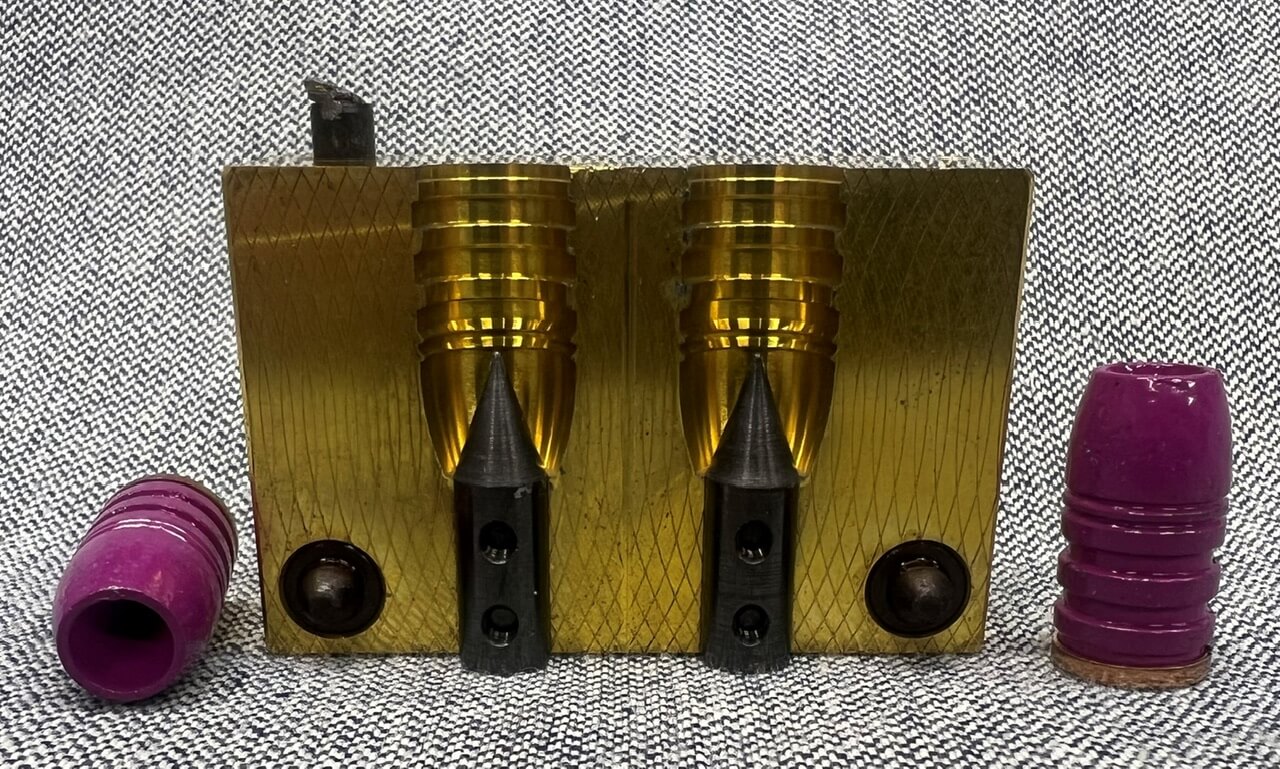
New Cast Bullets
Powder coating and pin sizes now allow for tailored cast bullets, much like the difference between standard jacketed and premium bullets. Casters can produce performance levels that were impossible 10 to 15 years ago. They can create bullets that explode for light game, ones that perform like partition bullets with dramatic nose expansion, and traditional hard cast bullets that penetrate well on large game.
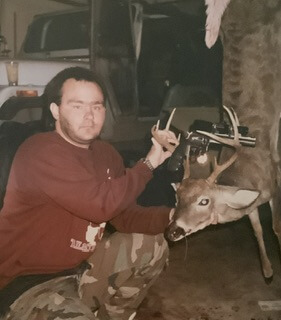
Home Cast or Commercial
I know someone who casts and powder coats softer bullets with hollow points. At velocities of 1000-1200 fps, they perform very well. I’ve also used them at higher velocities, and they’re effective. When I settle on a bullet that works for me, I buy at least 500, knowing I’ll be set for a while. Cast bullets tend to be cheaper than jacketed ones, and finding a good home caster makes them even more affordable. Matt’s Bullets is one small outfit that offers excellent products. His site lists suitable velocities and includes photos of bullets at various velocity levels.

Several commercial cast handgun bullet companies now offer soft cast or hollow points suitable for hunting. However, you must read the descriptions carefully, as some bullets are designed for lower velocities, like those of the .44 Special or .45 ACP. These softer bullets perform well at lower speeds and are excellent for those not needing extra recoil or speed. Adding a gas check allows more speed with less barrel leading if the bullets are ordered that way.
Velocity Concerns
If you want to push cast bullets over 1200-1250 fps, I highly recommend adding a gas check, even with powder coating. My experience with powder-coated bullets without a gas check at higher velocities showed great accuracy, but only for a limited number of shots. After less than two cylinders, barrel residue degraded accuracy. Adding a gas check allowed velocity and accuracy to be maintained regardless of the number of rounds fired.

More velocity doesn’t always mean deeper penetration. It can provide a flatter trajectory, but at typical handgun distances, that benefit is minimal. Velocity stresses bullets, just as the medium it’s shot into does. Mass-produced jacketed bullets are designed to perform over a wide range of velocities and in various mediums. However, they can’t perform optimally at all velocities. A custom cast bullet made by a knowledgeable caster can meet your personal needs.
Terminal Performance
For medium game, I want both expansion and penetration. I prefer complete penetration but will settle for almost complete. I plan for worst-case scenarios, like severe raking or facing shots, which need more penetration. Even for small deer or antelope, I expect at least 20-22 inches of penetration to ensure the bullet passes through the vitals. That’s asking a lot from lighter-weight, standard jacketed hollow points, especially at magnum velocities. To achieve that, a premium jacketed bullet or a custom-cast bullet is often necessary.
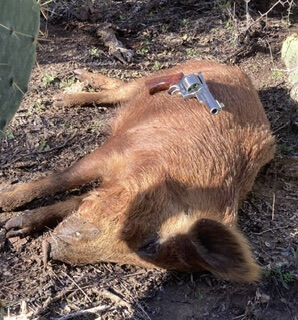
A Handgun Bullet Made for You
One of my favorite guns for crawling through underbrush after wounded pigs is a Ruger in .500 Linebaugh. It penetrates well, so finding a bullet that expands reliably on medium game at my load’s velocity was the challenge. My loads are mild at 990 fps. The custom jacketed bullets I’ve used performed well but are expensive and require more velocity to expand. My alternate choice is a 485gr. powder-coated hollow point.
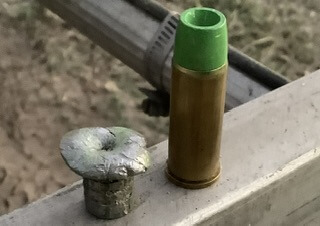
The performance delivered was exactly what I wanted. You might think 485 grains is heavy, but the weight, softness, and hollow-point size offer perfect performance. Most handgun bullets exit and are never recovered, but those that are show great expansion and penetration of 30 inches or more. This was on medium game, our most common quarry. Granted, the performance comes at sedate velocities, but it was tailored for that purpose. A .452 and .431 diameter bullet of 300gr. and 250gr. weight, delivered at 1400fps and 2270fps, performed similarly to the .512 diameter bullet.
Know Your Limitations
If using a softer cast bullet without a gas check, I’d prefer a powder-coated one and keep it under 1200 fps. Recently, I experienced what happens when a bullet is too soft and moving too fast. The pig, a small feral hog of about 100 pounds, was 58 yards away. I was using a custom Ruger .414 SuperMag, pushing a 250gr. hollow point at 1550 fps.
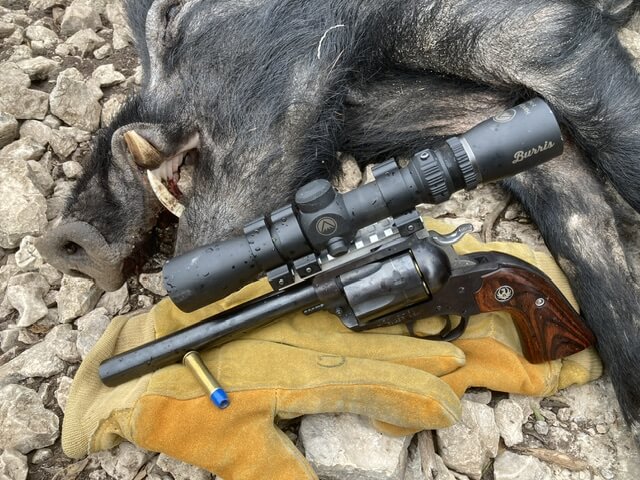

I hadn’t expected to need a tougher bullet. The shot was a severe raking one, and the high impact velocity kept the bullet from penetrating as deeply as I wanted. The internal damage was devastating, but without an exit wound, tracking was difficult. The pig traveled 80 yards, and without a blood trail, tracking took 30 minutes of back-and-forth searching. I eventually found the pig an hour later.
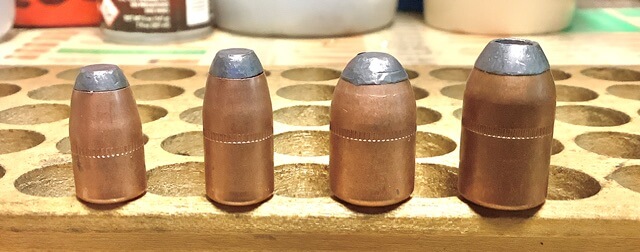
Viable, Useful, and Potent Bullets
My first choice for medium game is a mid- to heavy-for-caliber bullet, pushed at near maximum velocity. However, I have several guns loaded with cast hollow points for the field. Don’t dismiss cast bullets as useless. With newer innovations, they’re viable, useful, and potent. Chosen carefully and used properly, a cast bullet can take medium game effectively. We’ve just grown used to the ease and effectiveness of jacketed bullets. Sometimes, it’s tough to teach an old dog new tricks, but this one is quite useful.
READ MORE: 10MM Double Stack 1911 – EAA and Girsan’s New Hunter 10 Is Field Ready
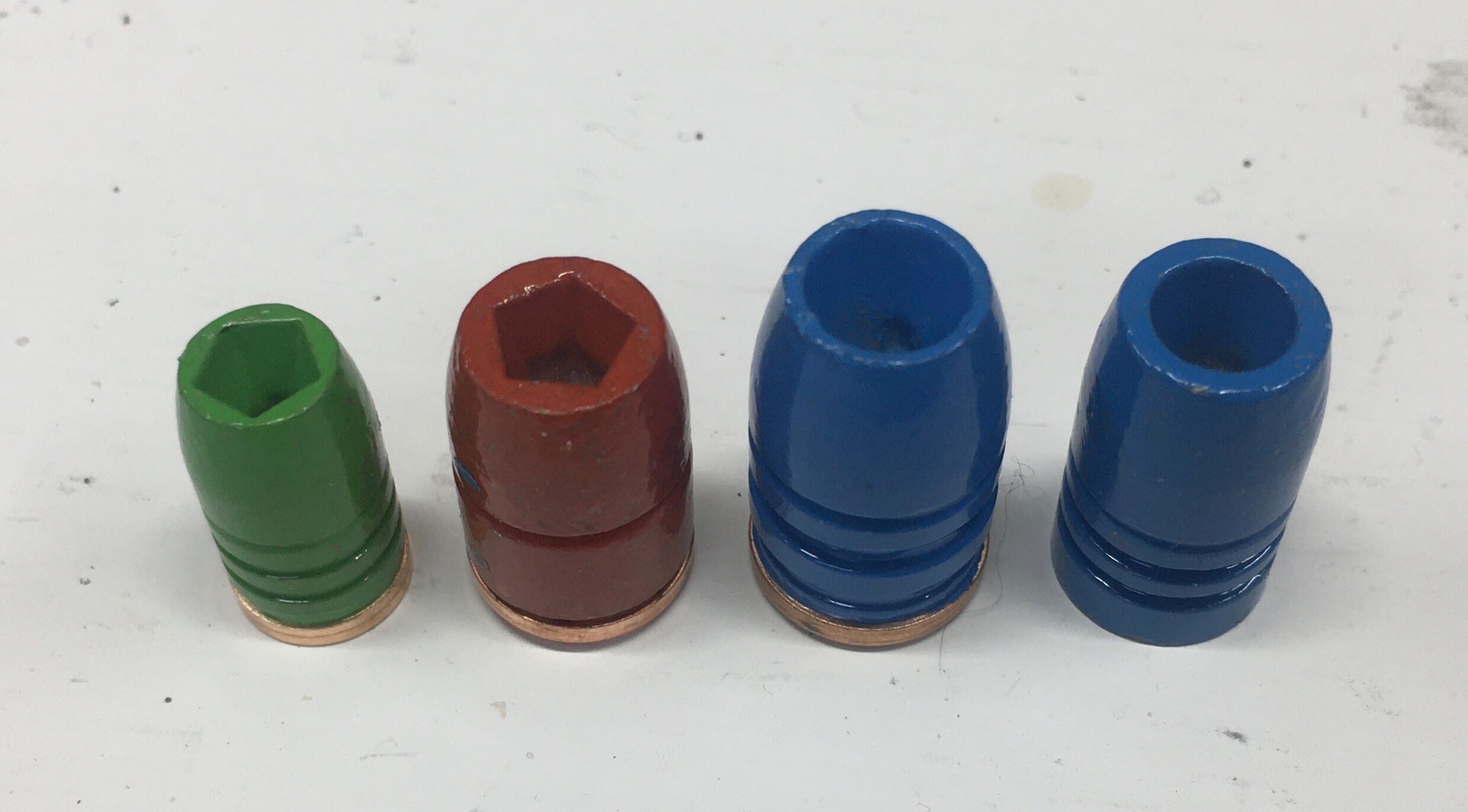
This Article
- Category: Hunting, Training
- Including: Pistol
- Focus: Bear, Black Bear, Brown Bear
EPIC ADVENTURES START HERE!
No spam. Just the latest releases and tips, interesting articles, and early access to exclusive offers and premium content.